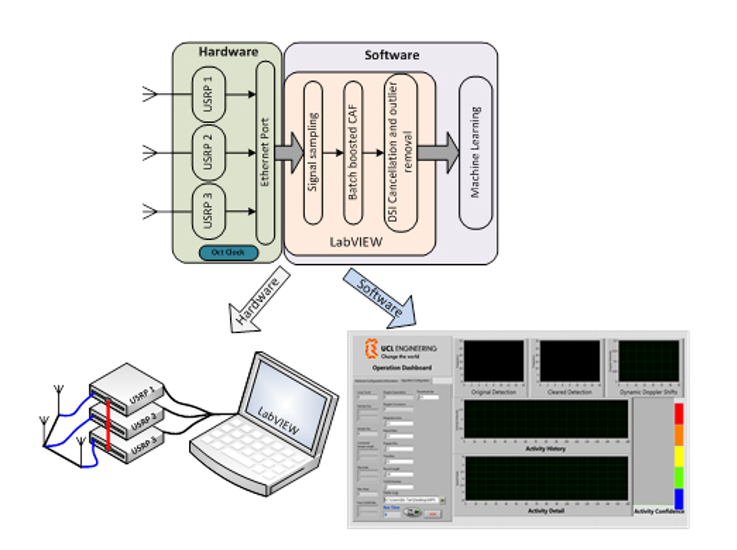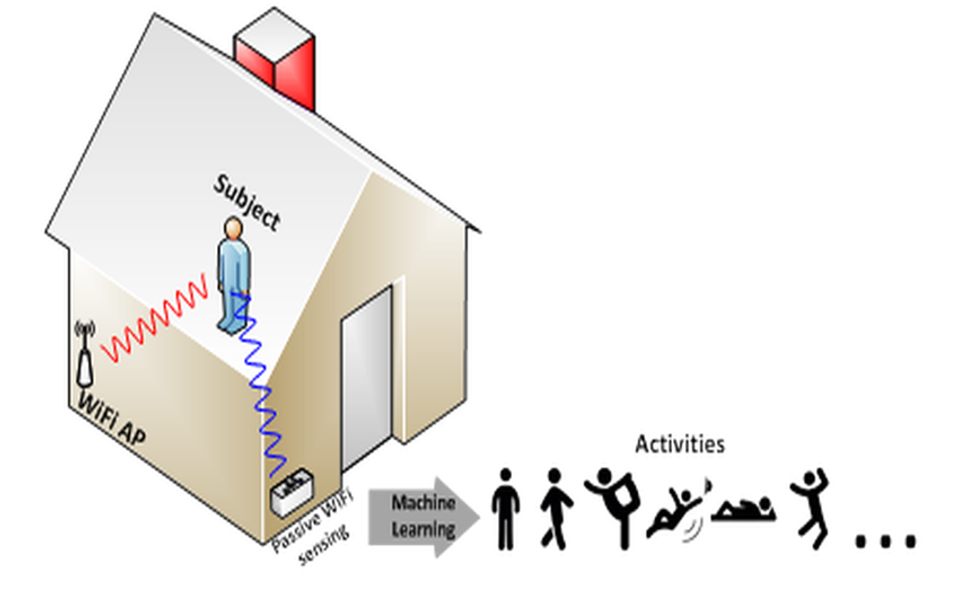How AI is Starting to Influence Wireless Communications
Machine learning and deep learning technologies are promising an end-to-end optimization of wireless networks while they commoditize PHY and signal-processing designs and help overcome RF complexities
What happens when artificial intelligence (AI) technology arrives on wireless channels? For a start, AI promises to address the design complexity of radio frequency (RF) systems by employing powerful machine learning algorithms and significantly improving RF parameters such as channel bandwidth, antenna sensitivity and spectrum monitoring.
So far, engineering efforts have been made for smartening individual components in wireless networks via technologies like cognitive radio. However, these piecemeal optimizations targeted at applications such as spectrum monitoring have been labor intensive, and they entail efforts to hand-engineer feature extraction and selection that often take months to design and deploy.
On the other hand, AI manifestations like machine learning and deep learning can invoke data analysis to train radio signal types in a few hours. For instance, a trained deep neural network takes a few milliseconds to perform signal detection and classification as compared to traditional methodologies based on the iterative and algorithmic signal search and signal detection and classification.

It is important to note that such gains also significantly reduce power consumption and computational requirements. Moreover, a learned communication system allows wireless designers to prioritize key design parameters such as throughput, latency, range and power consumption.
More importantly, deep learning-based training models facilitate a better awareness of the operational environment and promise to offer end-to-end learning for creating an optimal radio system. Case in point: a training model that can jointly learn an encoder and decoder for a radio transmitter and receiver while encompassing RF components, antennas and data converters.
Additionally, what technologies like deep learning promise in the wireless realm is the commoditization of the physical layer (PHY) and signal processing design. Combining deep learning-based sensing with active radio waveforms creates a new class of use cases that can intelligently operate in a variety of radio environments.
The following section will present a couple of design case studies that demonstrate the potential of AI technologies in wireless communications.
Two design case studies
First, the OmniSIG software development kit (SDK) from DeepSig Inc. is based on deep learning technology and employs real-time signal processing to allow users to train signal detection and classification sensors.
DeepSig claims that its OmniSIG sensor can detect Wi-Fi, Bluetooth, cellular and other radio signals up to 1,000 times faster than existing wireless technologies. Furthermore, it enables users to understand the spectrum environment and thus facilitate contextual analysis and decision making.
ENSCO, a U.S. government and defense supplier, is training the OmniSIG sensor to detect and classify wireless and radar signals. Here, ENSCO is aiming to deploy AI-based capabilities to overcome the performance limitations of conventionally designed RF systems for signal intelligence.
What DeepSig’s OmniPHY software does is allow users to learn the communication system, and subsequently optimize channel conditions, hostile spectrum environments and hardware performance limitations. The applications include anti-jam capabilities, non-line-of-sight communications, multi-user systems in contested spectrums and mitigation of the effects of hardware distortion.

Another design case study showing how AI technologies like deep learning can impact future hardware architectures and designs is the passive Wi-Fi sensing system for monitoring health, activity and well-being in nursing homes (Figure 2). The continuous surveillance system developed at Coventry University employs gesture recognition libraries and machine learning systems for signal classification and creates a detailed analysis of the Wi-Fi signals that reflect off a patient, revealing patterns of body movements and vital signs. [READ MORE]

Comments :